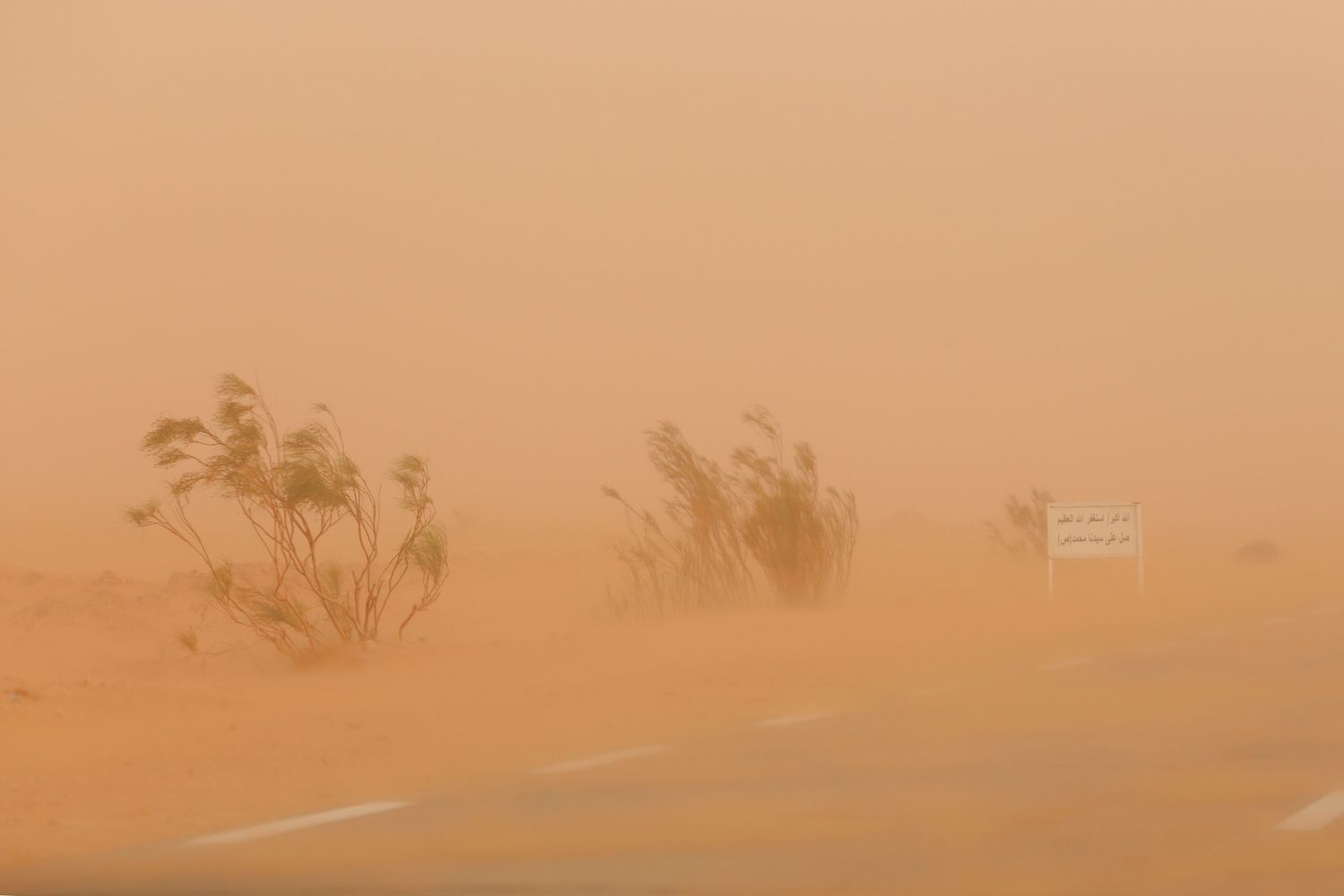Sahara dust sweeping across Europe isn’t new—but this time, it’s carrying more than just sand. A recent scientific study has revealed that dust storms originating from the Sahara Desert are bringing radioactive particles along for the ride. This unexpected twist has raised concerns among environmental scientists and public health officials alike.
The study, published in a peer-reviewed journal earlier this year, focused on elevated levels of radioactive isotopes—specifically cesium-137—found in the Sahara dust collected in parts of Spain, France, and other European countries. Researchers link the presence of these particles to old nuclear tests conducted in the mid-20th century, particularly in the Algerian Sahara during the 1960s.
What the Study Found
The research team analyzed dust samples collected after a major Saharan dust storm in February. They detected measurable amounts of cesium-137, a byproduct of nuclear fission, commonly associated with atomic bomb tests and nuclear accidents. While the levels found are not immediately dangerous to human health, they are higher than expected and have prompted further investigation.
These particles, although dispersed, can accumulate over time. Given that cesium-137 has a half-life of about 30 years, its presence in dust clouds decades after the original tests shows the lingering environmental impact of nuclear activity.
How Does Radioactive Sahara Dust Reach Europe?
High-altitude winds carry Saharan dust thousands of kilometers northward, especially during seasonal weather events. It’s not uncommon for these dust plumes to paint the skies orange over cities like Paris, Madrid, and Berlin. But now, the visual spectacle comes with a radioactive footnote.
Dust travels across the Mediterranean and deposits over the continent when rain brings the particles down to the surface. This means that even areas far removed from the Sahara may experience fallout from a completely different era of history.
Should You Be Concerned?
So far, experts say that the levels of radioactivity in the dust are low and not an immediate threat to public health. However, the presence of radioactive particles does raise questions about long-term exposure, especially as extreme weather patterns become more frequent.
Environmental groups are calling for increased monitoring and transparency. There’s also growing interest in studying how these particles affect soil and water quality once deposited.
A Wake-Up Call from the Past
The discovery of radioactive Sahara dust in Europe serves as a reminder that environmental consequences can be long-lasting and far-reaching. It also underscores the importance of historical accountability and continued scientific research.
While it’s not time to panic, it might be time to pay more attention to what’s floating in the wind.



